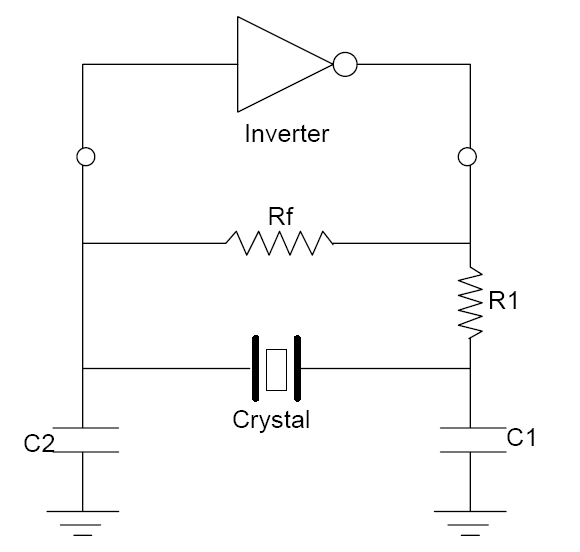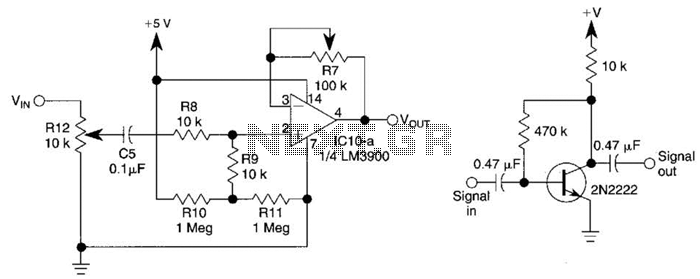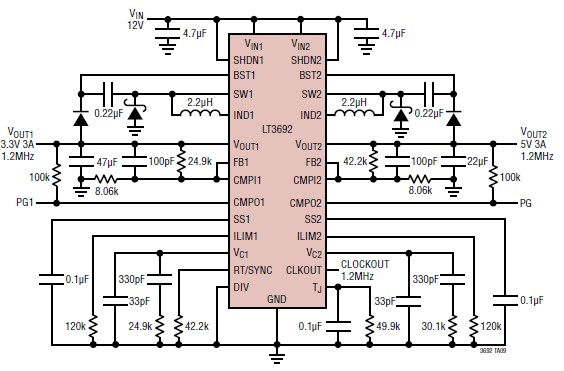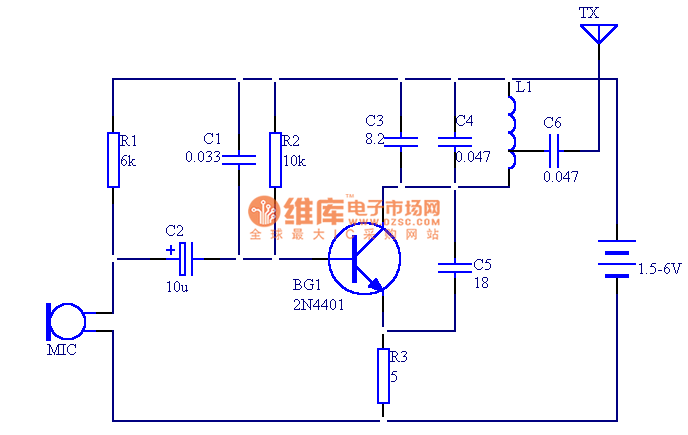
Delay Circuit

A small delay circuit is required to produce a pulse for a cell phone vibrational motor every 0.75 seconds, with an adjustable delay time ranging from 4 to 10 seconds. The circuit will be powered by a 9-volt battery.
To design this delay circuit, a 555 timer IC in astable mode can be utilized. The 555 timer will generate a square wave output that can be configured to pulse the vibrational motor at the desired interval. The frequency of the output pulse can be determined by the resistor and capacitor values connected to the timer.
For the 0.75-second pulse interval, the frequency can be calculated using the formula:
\[ f = \frac{1.44}{(R1 + 2R2)C} \]
Where:
- \( f \) is the frequency in Hertz (Hz),
- \( R1 \) and \( R2 \) are the resistances in ohms,
- \( C \) is the capacitance in farads.
To achieve the required 0.75 seconds pulse, the output frequency should be set to approximately 1.33 Hz (since the period is the inverse of frequency). This can be achieved by selecting appropriate resistor and capacitor values.
For the adjustable delay feature, a potentiometer can be used in place of one of the resistors (R2). By adjusting the potentiometer, the timing can be varied, allowing the delay to be set anywhere between 4 to 10 seconds.
The vibrational motor can be connected to the output of the 555 timer, which will drive the motor on and off according to the generated pulse. A transistor may be used to switch the motor on and off, allowing for higher current handling than the 555 timer can provide directly.
The circuit can be powered by a 9-volt battery, ensuring that the voltage levels are compatible with the motor and the 555 timer. Proper decoupling capacitors should be placed close to the power pins of the 555 timer to ensure stability during operation.
In summary, the circuit will consist of a 555 timer configured in astable mode, a potentiometer for adjusting the delay, and a transistor to drive the vibrational motor, all powered by a 9-volt battery. This configuration will ensure reliable operation and the desired timing functionality.I need to make a small 4-10 second (changeable) delay circuit that pulses a cell phone vibrational motor every 0.75 seconds. I`m using a 9 volt battery. Could anyone.. 🔗 External reference
To design this delay circuit, a 555 timer IC in astable mode can be utilized. The 555 timer will generate a square wave output that can be configured to pulse the vibrational motor at the desired interval. The frequency of the output pulse can be determined by the resistor and capacitor values connected to the timer.
For the 0.75-second pulse interval, the frequency can be calculated using the formula:
\[ f = \frac{1.44}{(R1 + 2R2)C} \]
Where:
- \( f \) is the frequency in Hertz (Hz),
- \( R1 \) and \( R2 \) are the resistances in ohms,
- \( C \) is the capacitance in farads.
To achieve the required 0.75 seconds pulse, the output frequency should be set to approximately 1.33 Hz (since the period is the inverse of frequency). This can be achieved by selecting appropriate resistor and capacitor values.
For the adjustable delay feature, a potentiometer can be used in place of one of the resistors (R2). By adjusting the potentiometer, the timing can be varied, allowing the delay to be set anywhere between 4 to 10 seconds.
The vibrational motor can be connected to the output of the 555 timer, which will drive the motor on and off according to the generated pulse. A transistor may be used to switch the motor on and off, allowing for higher current handling than the 555 timer can provide directly.
The circuit can be powered by a 9-volt battery, ensuring that the voltage levels are compatible with the motor and the 555 timer. Proper decoupling capacitors should be placed close to the power pins of the 555 timer to ensure stability during operation.
In summary, the circuit will consist of a 555 timer configured in astable mode, a potentiometer for adjusting the delay, and a transistor to drive the vibrational motor, all powered by a 9-volt battery. This configuration will ensure reliable operation and the desired timing functionality.I need to make a small 4-10 second (changeable) delay circuit that pulses a cell phone vibrational motor every 0.75 seconds. I`m using a 9 volt battery. Could anyone.. 🔗 External reference





